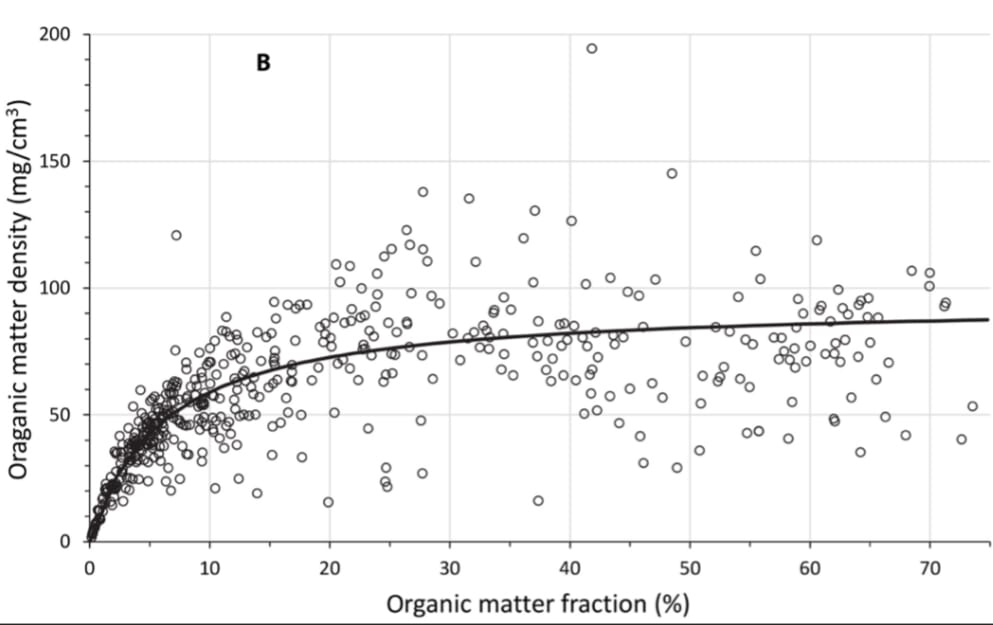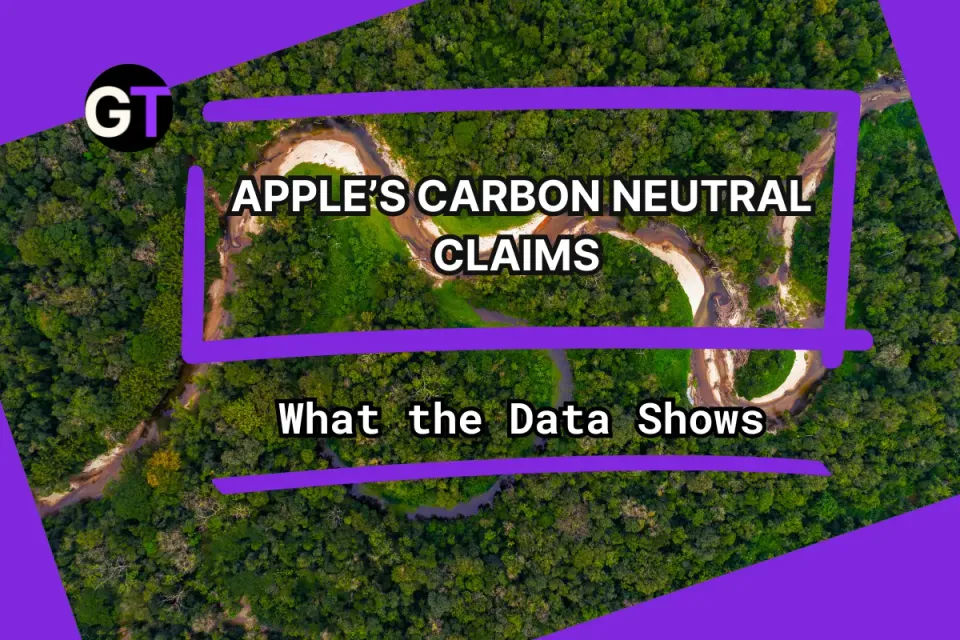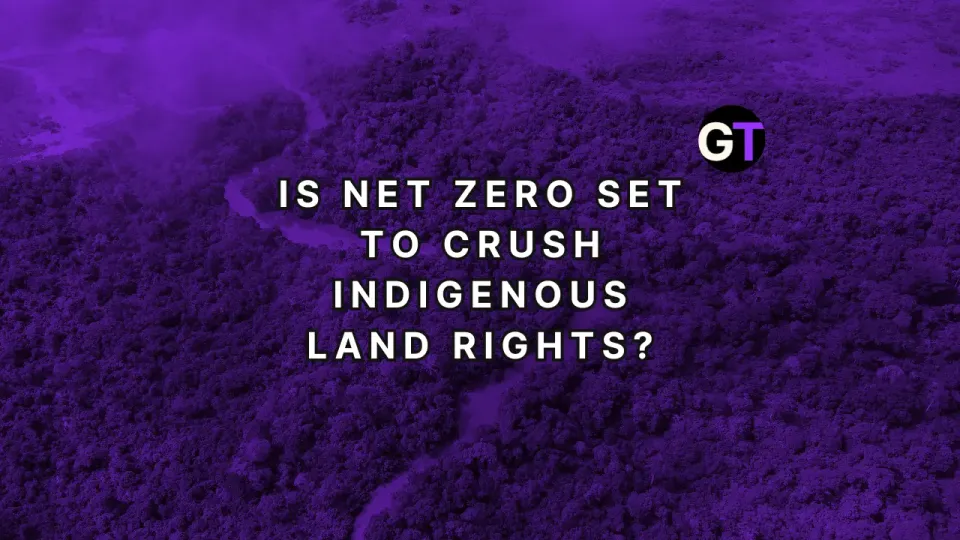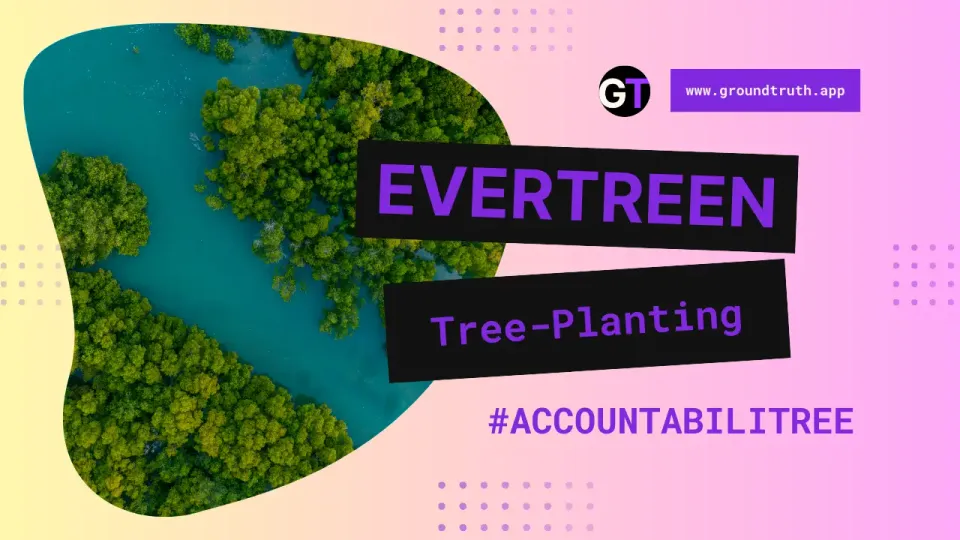Mangrove Carbon Storage: Getting the Numbers Right 🌍
The problem is, this method tends to overestimate carbon storage, especially in the rich, peaty sediments of mangroves, due to error propagation.

Why Accurate Carbon Counting Matters 🌱
Mangroves are some of the most powerful carbon sinks on the planet, storing vast amounts of CO2 in their rich, organic sediments. Planting mangroves to sequester carbon has been particularly popular in places like Indonesia.
But what if we’ve been overestimating just how much carbon these coastal forests hold? According to a study by Exequiel Ezcurra (2024), that may in fact be what’s happening. Accurate carbon counting is crucial for understanding the real impact mangroves have in fighting climate change, and any miscalculations could lead to flawed climate policies and strategies.
What’s Happening: A New Way to Measure 🌊
For years, scientists have estimated the carbon stored in mangrove sediments by multiplying the sediment's bulk density by its organic matter (OM) fraction. Sounds simple, right? The problem is, this method tends to overestimate carbon storage, especially in the rich, peaty sediments of mangroves, due to error propagation.
Enter the "ideal-mixing model" — a new approach that better accounts for the relationship between bulk density and OM fraction. This model offers more precise, reliable estimates, reducing the risk of overestimating how much carbon is locked away in these vital ecosystems.
Bulk density measurements show how much carbon is in the soil, but these measurements can be very different when the soil has a lot of organic material (OM).
Fixing the Numbers🔍
To ensure our carbon storage estimates are spot-on, Excurra says we need to adopt the ideal-mixing model across the board. This model is particularly effective in mangroves, where the organic content is high, making it a better tool for assessing carbon storage. By recalibrating past estimates and using this model going forward, we can improve the accuracy of global carbon inventories and make sure our climate policies are based on solid data.

Open Data & Code 🧩
The ideal-mixing model opens up a new world of possibilities for scientists. Even if past studies didn’t measure bulk density precisely, this model can still be applied to existing data, allowing for more accurate reassessments.
Read the open data in the study on Dryad.
Look at the interactive mapping of mangrove trees worldwide from Global Mangrove Watch.
Author Socials
Exequiel Ezcurra ORCID | Exequiel Ezcurra Wikipedia | Exequiel Ezcurra UC Riverside Profile




